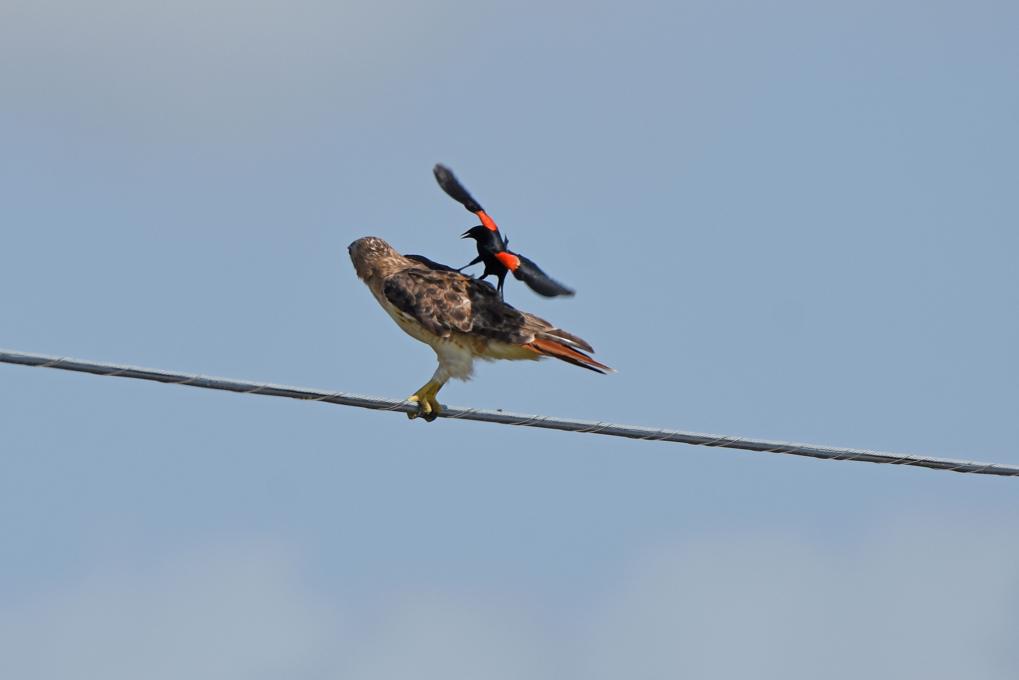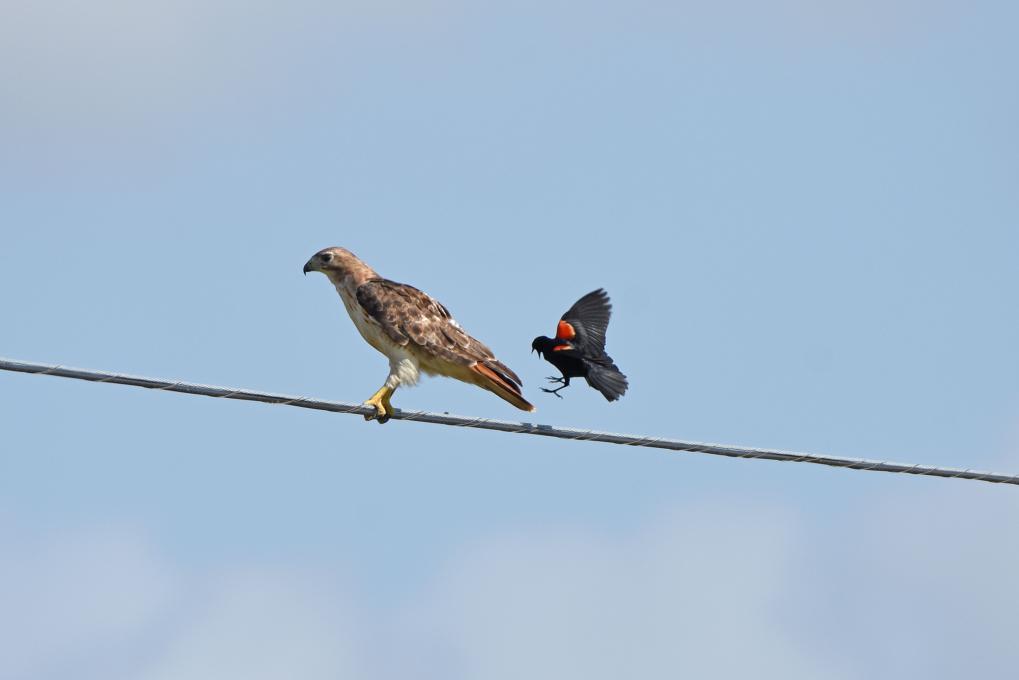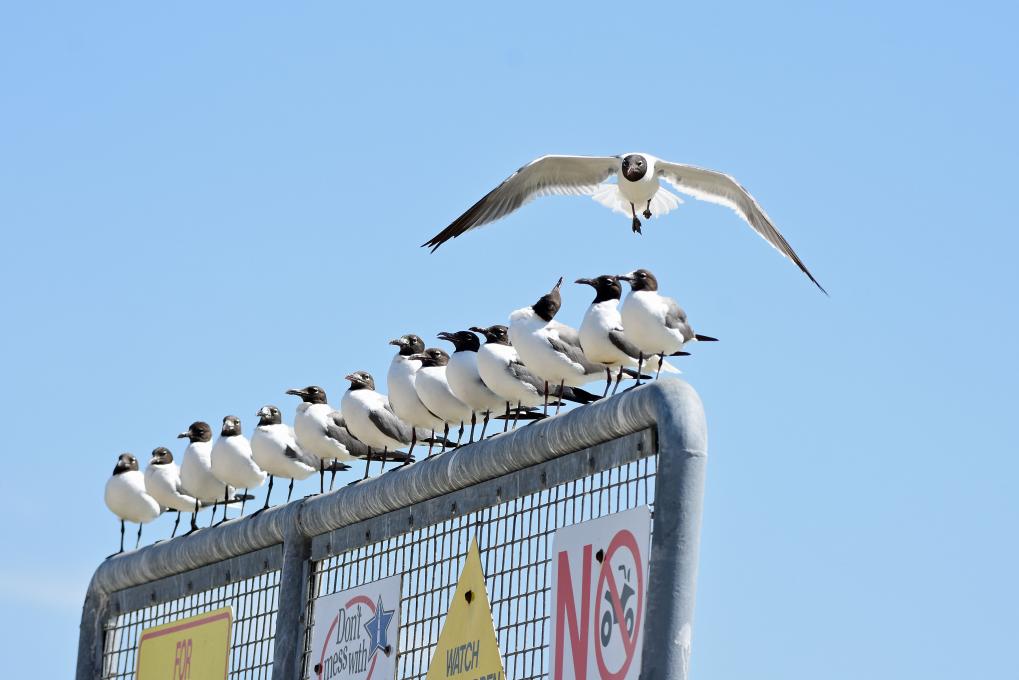The Cornell Lab Bird Academy › Discussion Groups › Bird Photography with Melissa Groo › Practice Capturing Birds in Flight
-
 Nikon D500 with ISO 400, f/6.3, 1/2000 with 340mm
Nikon D500 with ISO 400, f/6.3, 1/2000 with 340mm Osprey photo taken with Nikon D500 With ISO 400, f/11, 1/2500 with 500mm.
Both photos taken on different days were with little time to set up! The hawk spent a minute flying over me and the osprey was on a post and then took off so I figured to practice while it flew away. The hawk was handheld and osprey was while using my gimbaled on tripod.
Osprey photo taken with Nikon D500 With ISO 400, f/11, 1/2500 with 500mm.
Both photos taken on different days were with little time to set up! The hawk spent a minute flying over me and the osprey was on a post and then took off so I figured to practice while it flew away. The hawk was handheld and osprey was while using my gimbaled on tripod. -
Red Tailed Hawk. Nikon D500 f/16 1/1000 500mm ISO640.

-
Nice photo!
-
-
I like this shot on a foggy day. Because I was shooting beyond ideal distance for the Nikon 200-500 zoom lens, and shutter speed could have been faster, some of the detail is lost, but, if you look carefully, you may notice that both the first and last birds in this group were looking directly at the camera. You can also notice a feather floating down below the group. D7100 f/7.1 1/800 500mm ISO200

-
Interesting when we capture an unexpected something and in this case the feather, cool!
-
-
These were fun shots because I found a place to wait where I could shoot from high ledges above this Bald Eagle. Shutter speed could have been faster for better detail. The background was frozen bay and very reflective. Sunlight was coming from the left. Nikon D7100 f/8 1/1200 450mm ISO200


-
From above the eagle, wow! That would be a great place to return to for more photos, if possible.
-
-


 I worked really hard at the marshland conservatory (and my backyard) for I while to get these pictures, and out of nowhere is a big flock of seagulls and other birds right up close! fired a few shots and left them in peace.
I worked really hard at the marshland conservatory (and my backyard) for I while to get these pictures, and out of nowhere is a big flock of seagulls and other birds right up close! fired a few shots and left them in peace. -
I have thought about practicing with birds flying into my feeder and your photo reminded me of doing that... and who knows it may have been your practice too before getting the the conservatory...nice work!
-
-
Lewis' Woodpecker carrying acorns to a cottonwood tree where s/he shoves them in crevices for eating later. Also a Steller's Jay.
-



-
That's my eventual goal..capture the bird doing something besides flying...acorn in beak, great! Nice capture!
-
-
Red tailed hawk in flight over a field, and me, while I was tracking it with my camera. Osprey with sucker in talons after just pulling up and out of the water.


-
Wow! and I had just read that osprey turn their fish head forward to have least drag and your photo demonstrates what I read!
-
-
Like everyone else, I have struggled to take tack sharp BIF photos. Handholding a heavy lens and camera with my puny arms is no easy feat! I need to do more upper body workouts apparently. This class has been enormously helpful. I see where I’ve made some serious errors and I can’t wait to work on improving my skill. I’m attaching a few shots that seem reasonable. All were shot with a 500mm f/5.6 prime lens. (It “only” weighs 3 pounds; I don’t know how Melissa holds a 600mm f/4 that weighs 8 whopping pounds!) Settings: Osprey: 1/2000, f/6.3, ISO 200; Reddish Egret: 1/2000, f/6.3, ISO 360; Tricolored Heron: 1/1600, f/5.6, ISO 125. I wish I could have photographed the Tricolored Heron flying toward me, but I fear it was fleeing all the photographers on the bridge, so this is all I have.



-
I am with you on needing to build upper body strength as my 200-500 mm lens is a challenge for me to handhold. Your osprey photo once again shows what I just read about osprey always hold their fish head first. All your photos are good!
-
-
I was about to call it a day, it was so windy and HOT, 10:15am. But an Osprey's call stopped me in my tracks. Flying over me, then lost sight of him in the thick trees near the Arkansas River. I hightailed it as fast as I could, following his screams. I'd seen the resident Osprey with her fledgling in this Lake Pueblo, (Colorado) State Park last week. I reached the river and there he was, circling the river; he didn't catch a fish this time, unfortunately for both of us! The blustery, easternly wind seemed to pause him in his tracks, he was flying into the wind, facing the sun, so this was my best shot in a series. I tried using Melissa's field techniques, with the sun east and west, but not at my back, because I would have had to run another 30 yards to get the sun at my back for better frontal lighting. Didn't want to risk losing any shot, and he did fly away less than a minute later. I cropped this image about 20%. 7D Mark ll; 100-400mm 4.5-5.6L IS ll with 1.4xlll teleconverter; 1/1600sec; ISO 800; spot meter.

-


 In the last post I explained that I had gone to the North Pier on the shores of Lake Erie, and on my way back from the North Pier, I stopped at a pond on the park because I saw an Osprey flying above the pond. At one point the Osprey flew right over my head and then dove into the water right in front of me. I was able to get clear shots of the Osprey overhead and after coming up out of the water. when the Osprey splashed into the water I could feel the force of the bird and the water on impact from the bird, but the Osprey was so close, I couldn't get the camera to focus that well and those pictures are a little blurred, so I am submitting pictures of the Osprey overhead, after it came up out of the water, and then flying away. This Osprey was very beautiful and such a powerful force. Beautiful!
In the last post I explained that I had gone to the North Pier on the shores of Lake Erie, and on my way back from the North Pier, I stopped at a pond on the park because I saw an Osprey flying above the pond. At one point the Osprey flew right over my head and then dove into the water right in front of me. I was able to get clear shots of the Osprey overhead and after coming up out of the water. when the Osprey splashed into the water I could feel the force of the bird and the water on impact from the bird, but the Osprey was so close, I couldn't get the camera to focus that well and those pictures are a little blurred, so I am submitting pictures of the Osprey overhead, after it came up out of the water, and then flying away. This Osprey was very beautiful and such a powerful force. Beautiful! -
In order to practice birds in flight I went to the North Pier at Presque Isle State Park. This is an interesting area because the pier is a cement pier that stretches out into the water and is a very active bird and people area. Visitors come to the North Pier to walk the Pier and see Lake Erie, watch the birds and the fishermen at the Pier. The birds are very use to the activity in the area and are not intimidated by the visitors to the Pier. My focus bird for the day was the Ring-billed Gull. The day was a beautiful sunny, blue sky day and the winds were about 9mph coming from the North/Northeast. I was able to get some photos I was very pleased with and while focusing on the gulls, I was excited to see a Bald Eagle flying in the distance out over the Pier.



-
These images of a Red-Tailed Hawk were taken in San Diego along the San Diego River. I noticed the hawk sitting on the fence and then jumping down into the grass to try to catch something. After he didn't catch anything, he decided to sit in a tree. I got as close as I could and waited. I don't particularly care for the first image because of that fence in the background, but it's a good shot of the bird and its expression. The second one I am very happy with, he was coming right at me. Capturing BIF will take lots of practice.

 And another hummingbird shot. Even harder to catch these speedsters in flight And in focus.
And another hummingbird shot. Even harder to catch these speedsters in flight And in focus.

-
A few days ago I found 4 little barn swallows all in a row on a fence waiting to be fed by their busy parents. I stayed about 1/2 hour and tried to capture the feeding in flight. I put my settings as recommended by Melissa. Swallows are super fast but it was super fun to see the results. A little one nearly chocked on a bee but managed to swallow it.

-


 I went to Eolian Dunes Preserve this afternoon to practice. Wow, this was hard work tracking those birds! I am happy with the results. Thank you, Melissa!
I went to Eolian Dunes Preserve this afternoon to practice. Wow, this was hard work tracking those birds! I am happy with the results. Thank you, Melissa! -
This morning I drove to the Carpinteria Salt Marsh Nature Reserve to see what birds were there. A lot of Cliff Swallows darted so fast it was nearly impossible to focus on one in flight. I had better luck with a distant White-tailed Kite that I was able to get the camera on. My focus in this class has been on birds in flight so I caught a few attractive flight photos of this beautiful bird.


 Obviously I had to crop a good amount. I was shooting F4, 1/1250 at ISO 100. In burst mode this camera gets as many as 20 shots per second. What I noticed was that in every other photo the bird's wings were up and the other they were down. In the 3rd one the bird was flying directly toward me. The advantage of photographing a kite is that once you have the camera on the bird it pretty much stays in the same location in the sky.
Obviously I had to crop a good amount. I was shooting F4, 1/1250 at ISO 100. In burst mode this camera gets as many as 20 shots per second. What I noticed was that in every other photo the bird's wings were up and the other they were down. In the 3rd one the bird was flying directly toward me. The advantage of photographing a kite is that once you have the camera on the bird it pretty much stays in the same location in the sky. -
 I liked this one because you can see some wings up, some down and the action of the ocean behind them.
I liked this one because you can see some wings up, some down and the action of the ocean behind them. -


-
Two images of a Snowy Egret I managed to capture one morning while shooting at local park with a small lake in East Texas. The Snowy Egrets intentionally hop around on the water to stir up fish and other prey while it is feeding.
-
Really cool photos! They do seem to hop around on your photos! Such a graceful bird.
-
Beautiful photos. I love the action, the light, the reflection. Nice!
-
The reflection in the second shot is amazing!
-
-
 I have continued to photograph Black Skimmers at the beach in Santa Barbara, CA, this time with my Sony RX10 Mark 4. I shot in manual mode with auto ISO. F4 at 1/1000. I was shooting in burst mode at about 20 per second. Tracking these birds is really hard as they often fly out of the frame and if I'm zoomed in too far a wing tip will get chopped off. I am trying to allow for room for the bird to fly into as Melissa stressed. My criteria in selecting an image are: sharpness of bird, attractive wing position, catch-light visible on the eye, and in this case mandibles shown in skimming position.
There is a period of about 1/2 hour where the light is good before it fades. Many of these birds were skimming at once over a narrow channel parallel to the ocean. This depends on the tide. There were shorebirds in the background on the beach, in this photo 3 Whimbrels. I liked the warm light on the sand and the shadow behind the bird. I shot in jpeg this time and the only small edit I made was to bring out a bit more detail in the skimmer's lower wing. Just to give an idea I came home with about 200 images. I project on the TV first direct from the camera and do successful delete until I'm left with a manageable group. I used the newest version of Adobe Photoshop which is part of Elements, which also includes Premiere since I'll try making a composite video. I learn a lot from each shooting session. Sorry, I forgot to include my name: Dika Golovatchoff digolov@gmail.com
I have continued to photograph Black Skimmers at the beach in Santa Barbara, CA, this time with my Sony RX10 Mark 4. I shot in manual mode with auto ISO. F4 at 1/1000. I was shooting in burst mode at about 20 per second. Tracking these birds is really hard as they often fly out of the frame and if I'm zoomed in too far a wing tip will get chopped off. I am trying to allow for room for the bird to fly into as Melissa stressed. My criteria in selecting an image are: sharpness of bird, attractive wing position, catch-light visible on the eye, and in this case mandibles shown in skimming position.
There is a period of about 1/2 hour where the light is good before it fades. Many of these birds were skimming at once over a narrow channel parallel to the ocean. This depends on the tide. There were shorebirds in the background on the beach, in this photo 3 Whimbrels. I liked the warm light on the sand and the shadow behind the bird. I shot in jpeg this time and the only small edit I made was to bring out a bit more detail in the skimmer's lower wing. Just to give an idea I came home with about 200 images. I project on the TV first direct from the camera and do successful delete until I'm left with a manageable group. I used the newest version of Adobe Photoshop which is part of Elements, which also includes Premiere since I'll try making a composite video. I learn a lot from each shooting session. Sorry, I forgot to include my name: Dika Golovatchoff digolov@gmail.com -
Armed with all the great information from my lectures, I set out to improve my flying bird photography. I spent the last three mornings, getting up at 6am, grabbing my coffee and sitting on my boardwalk for hours at a spot where skimmers have been feeding. I made myself a blind behind a shrub and waited. I was determined to take my new Nikon 500 with a 200-500 lens off program mode and practice the settings as Melissa suggested. Trying to steady the camera and pan has been hard as using this heavy lens is new for me. (My previous camera was an iPhone 😂) This weekend, I practiced holding my arms in at my side thus creating my own tripod as Melissa suggested which helped immensely, although, I still had mostly blurry pics as trying to move smoothly and pan is still rather difficult as the birds were so fast and unpredictable. I was more aware of when I had jerky movements, which before I was pretty clueless. Like many of the others have commented, I often lost the bird in the viewfinder as I’m trying to pan. This is made even harder when I also try to change my zoom setting. Many of my pics had the skimmer’s trail and no skimmer! As everyone agrees, practice is the key. My best shot was taken at F 6.3, Shutter 1/2500 and ISO was set at auto and read 640.

-
Cynthia - This is a lovely photo of the Black Skimmer. I didn't know they ever skimmed in the morning - I always go out around 7- 8 PM. Where do you live? I have always been out in the open with no need to hide from the birds. There are a lot of people walking on our beach - children and also dogs - who chase the birds off, but they always fly off and come right back to the same or close by location. You are very ambitious to use such a long lens - I wouldn't even try to hold such a long lens.
-
-
As Melissa says you have to leave enough room for the wings of the bird--Here I was using a fixed 500mm lens which did not allow me enough room in the photo to have been feet and tips of wings. I realize I needed a shorter lens when photographing birds from my car along the road.

-
I still need to find a location with people-friendly birds, with the sun and wind at my back, but here are a few attempts at birds in flight. The Osprey was at Belle Haven Marina, taking off from a nesting platform, and diving for a fish in the Potomac. The Least Tern was at South Cape May Meadows.



-
Definitely the hardest aspect of bird photography. Lots of practise ahead for me! Melissa's tips have been really helpful and I have been encouraged to keep trying. Here are some of my successful shots: two silver gulls (great to practise on! ) and a white ibis.



-
 Practice, Practice, and practice - Melissa is right. I wanted to capture one or more Black Skimmers flying - but more specifically while skimming for fish. I went 4 evenings to the same location, selecting different vantage points for observing. The best time was between 7 and 8 PM as the sun was going down. The light changed a lot during the one hour I was there, and in the end it was quite dark.
The first two nights I used my Canon 7D Mark 11 with 100-300 mm lens and 1.4 extender. Second 2 night I used my Sony RX10 Mark IV zooming its lens between about 300-600 mm depending upon where the bird was in its flight. This is very challenging - as multiple birds fly very quickly and my goal was to catch one on a smooth water surface and showing clear reflection of bird. I used manual mode all the time which made things more challenging for me as many exposures turned out to be off and I found myself using exposure compensation quite a bit. My Sony does not permit ISO auto in burst mode, so all my 3 values were pre-selected.
This is one of my most pleasing shots as it also shows the trial left in the water by the skim. My next goal would be to be more right on with exposures. I was shooing RAW and used the digital editing software provided by the camera makers. This was my first experience using Imaging Edge from Sony. (I do not have Lightroom).
I have more experience with the Canon (having shot skimmers before with it) than the Sony. Its a challenge, and I'll keep trying. I find Black Skimmers a very interesting species and learned that they do not rely on their eyes for finding prey, in fact their eyes are slit vertically.
Practice, Practice, and practice - Melissa is right. I wanted to capture one or more Black Skimmers flying - but more specifically while skimming for fish. I went 4 evenings to the same location, selecting different vantage points for observing. The best time was between 7 and 8 PM as the sun was going down. The light changed a lot during the one hour I was there, and in the end it was quite dark.
The first two nights I used my Canon 7D Mark 11 with 100-300 mm lens and 1.4 extender. Second 2 night I used my Sony RX10 Mark IV zooming its lens between about 300-600 mm depending upon where the bird was in its flight. This is very challenging - as multiple birds fly very quickly and my goal was to catch one on a smooth water surface and showing clear reflection of bird. I used manual mode all the time which made things more challenging for me as many exposures turned out to be off and I found myself using exposure compensation quite a bit. My Sony does not permit ISO auto in burst mode, so all my 3 values were pre-selected.
This is one of my most pleasing shots as it also shows the trial left in the water by the skim. My next goal would be to be more right on with exposures. I was shooing RAW and used the digital editing software provided by the camera makers. This was my first experience using Imaging Edge from Sony. (I do not have Lightroom).
I have more experience with the Canon (having shot skimmers before with it) than the Sony. Its a challenge, and I'll keep trying. I find Black Skimmers a very interesting species and learned that they do not rely on their eyes for finding prey, in fact their eyes are slit vertically. -
Great capture, Dika! Great to get the skim line in and the reflection!
-
Dika- I also love to watch the skimmers and I enjoyed your comments. I wondered what would happen is they suddenly hit something in the water with their bills and wondered the consequences. While looking over my pics from this weekend, I found a bit of an answer. I know this picture isn’t the best quality, but I thought they were worth sharing. It’s amazing to see that the skimmer’s head is tucked back under himself, almost to his tail. He managed to stay “upright” and continued to fly off.

-
-
I was drawn to the seagulls sitting in a row on this sign and tried to capture this one trying to squeeze in. It was a fun photo because of their positioning and the third one from the right seems to be telling the incoming seagull that there really is n't any more room. The other two photos I too this morning while driving some back roads to get home. I initially stopped to take some photos of the hawk but a red-winged blackbird came in and added a bit more drama.



-
I love these, Lucy! Great stories with each of them as well!
-
Read More:
 Nikon D500 with ISO 400, f/6.3, 1/2000 with 340mm
Nikon D500 with ISO 400, f/6.3, 1/2000 with 340mm Osprey photo taken with Nikon D500 With ISO 400, f/11, 1/2500 with 500mm.
Both photos taken on different days were with little time to set up! The hawk spent a minute flying over me and the osprey was on a post and then took off so I figured to practice while it flew away. The hawk was handheld and osprey was while using my gimbaled on tripod.
Osprey photo taken with Nikon D500 With ISO 400, f/11, 1/2500 with 500mm.
Both photos taken on different days were with little time to set up! The hawk spent a minute flying over me and the osprey was on a post and then took off so I figured to practice while it flew away. The hawk was handheld and osprey was while using my gimbaled on tripod. 


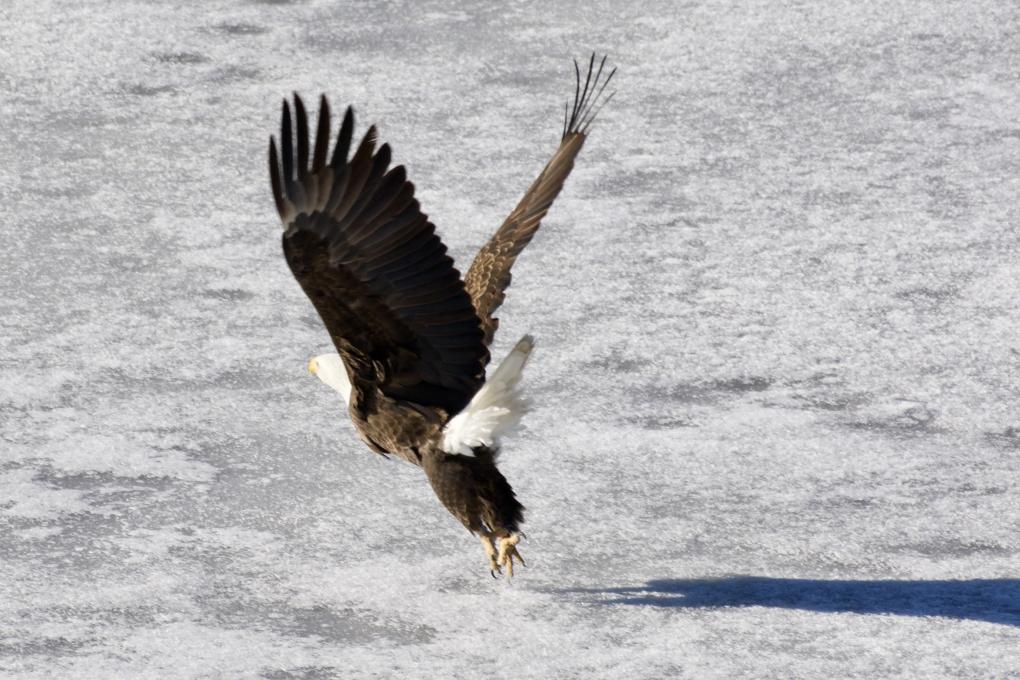

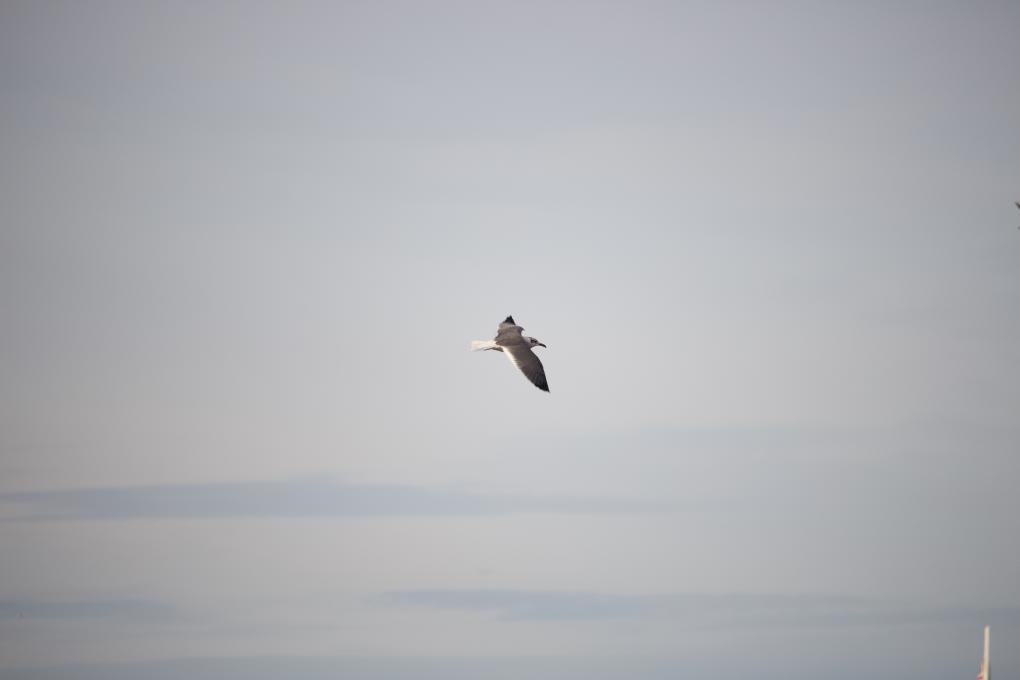
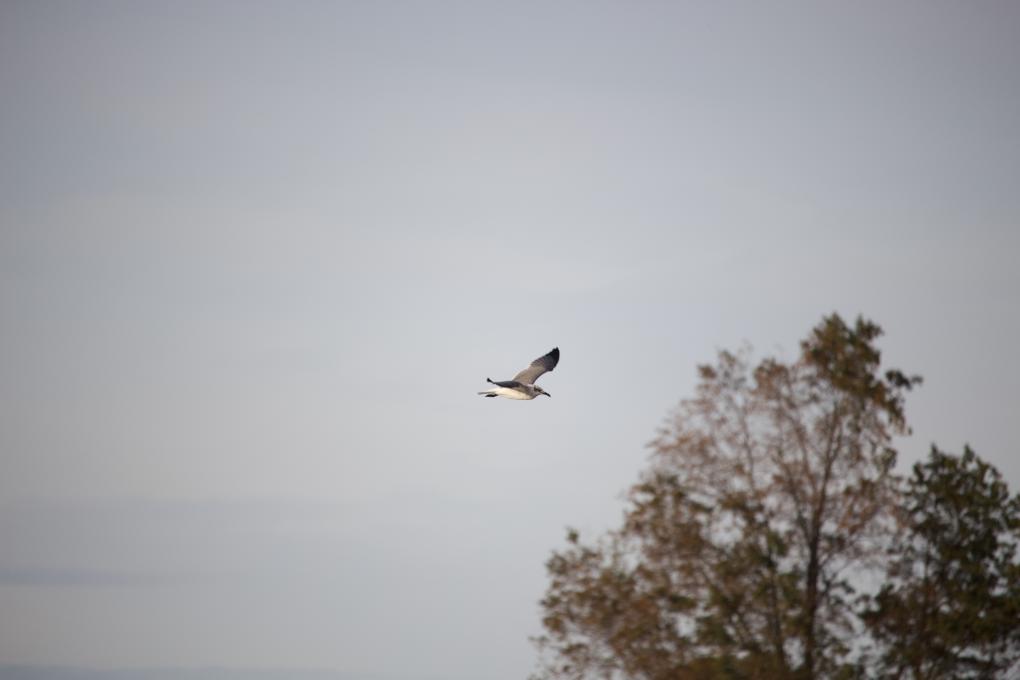 I worked really hard at the marshland conservatory (and my backyard) for I while to get these pictures, and out of nowhere is a big flock of seagulls and other birds right up close! fired a few shots and left them in peace.
I worked really hard at the marshland conservatory (and my backyard) for I while to get these pictures, and out of nowhere is a big flock of seagulls and other birds right up close! fired a few shots and left them in peace. 
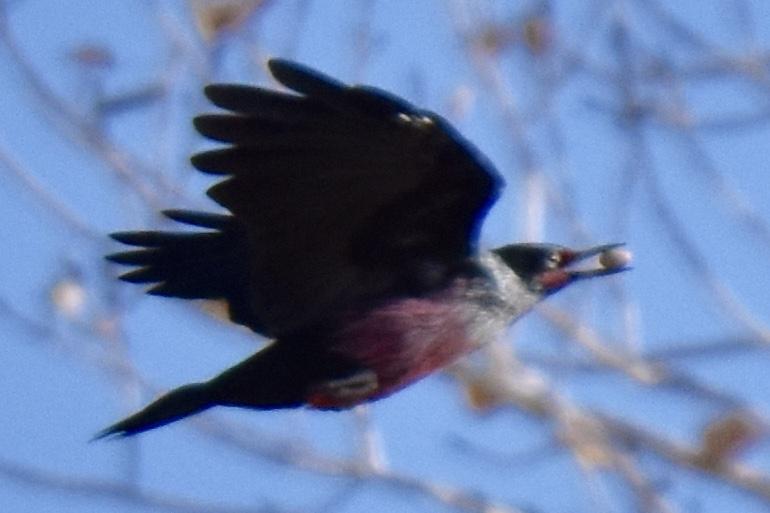
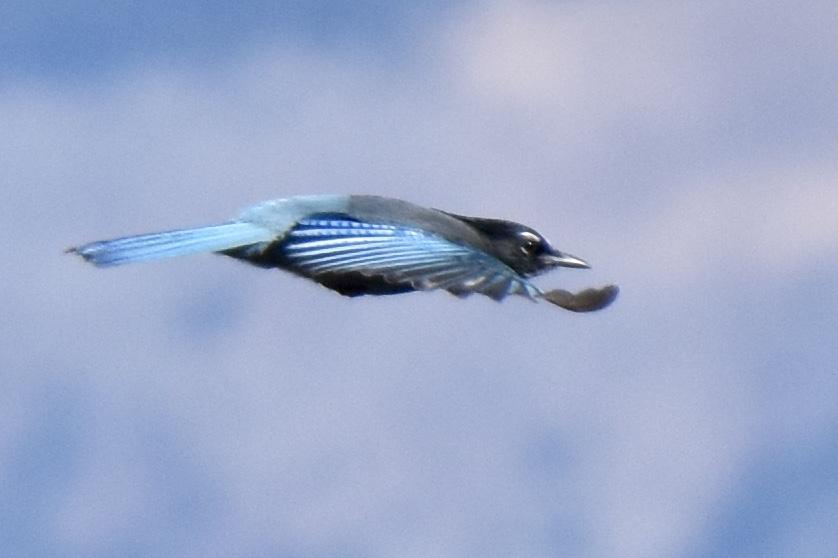



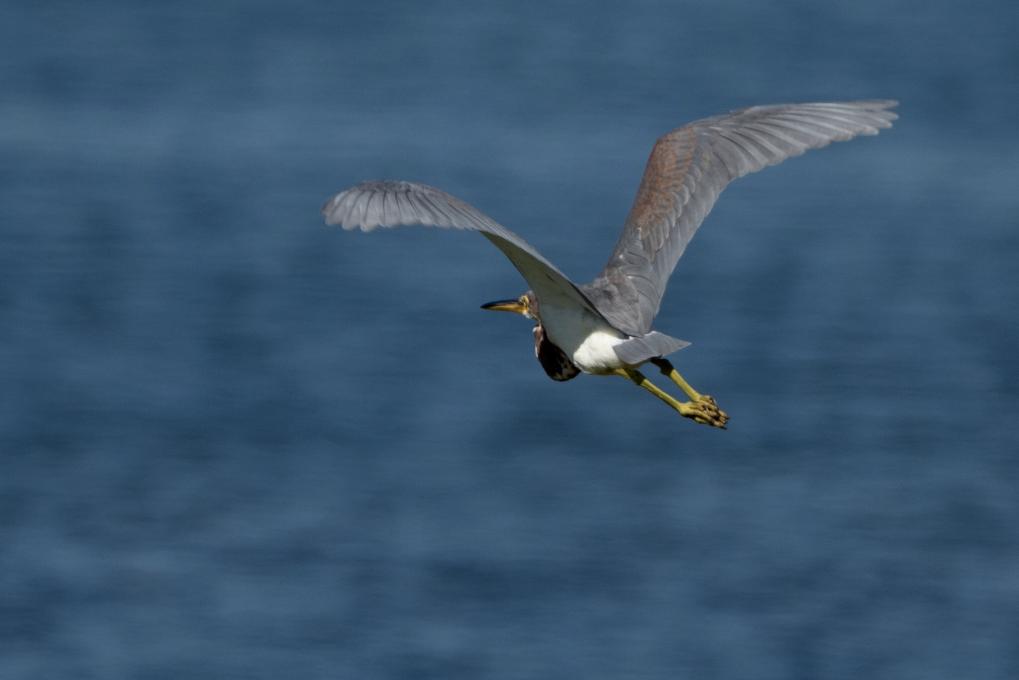
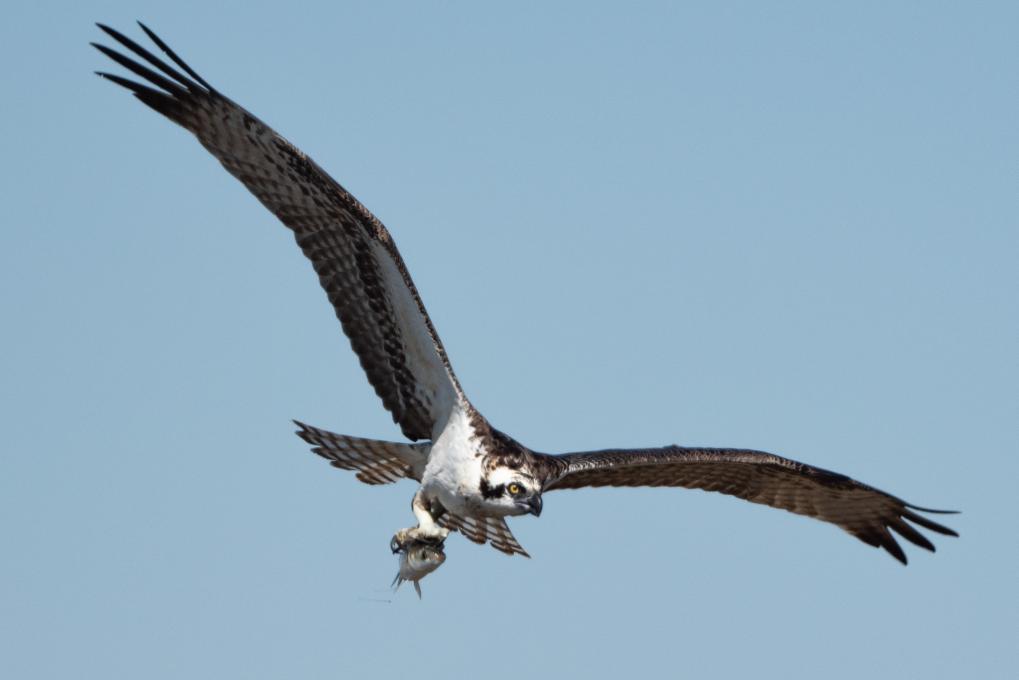
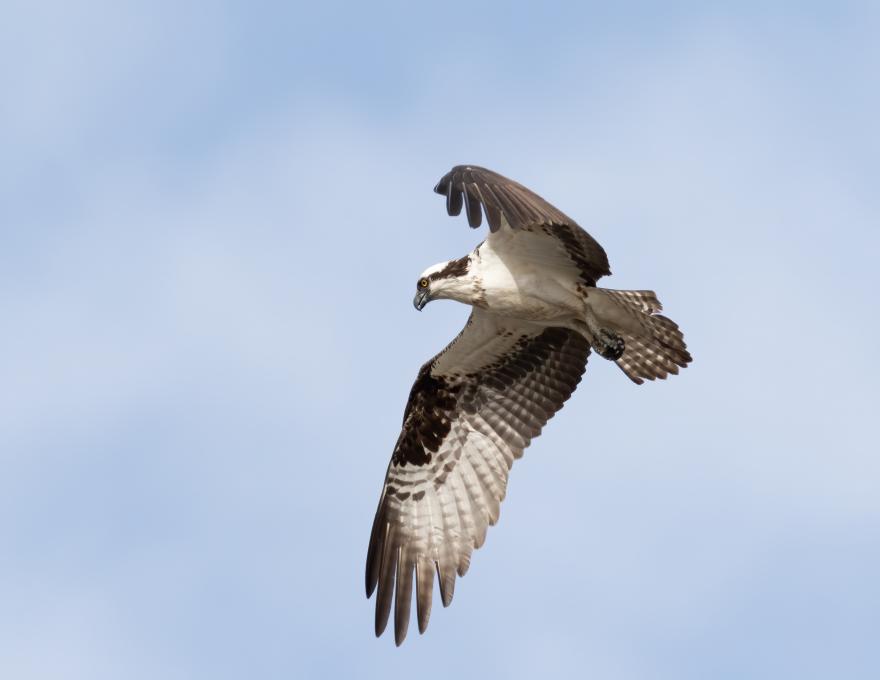
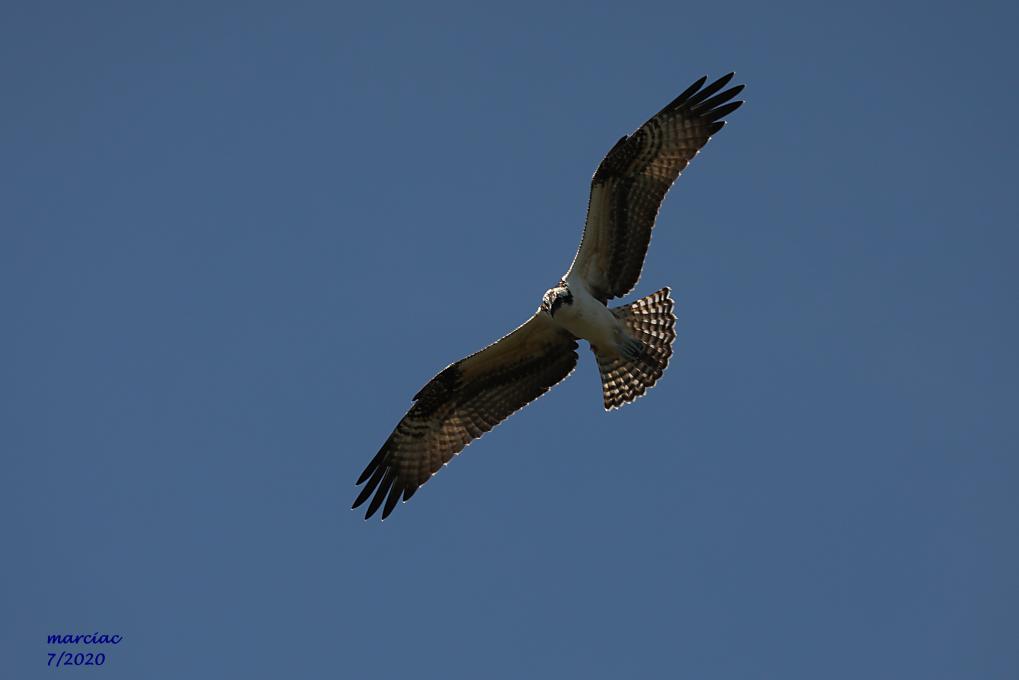
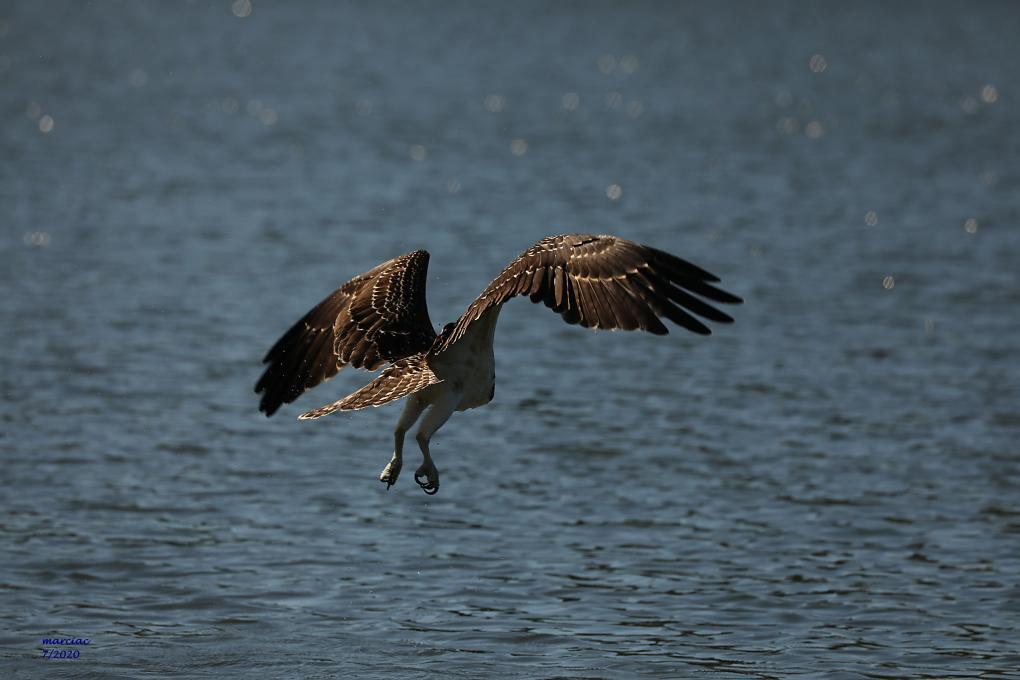
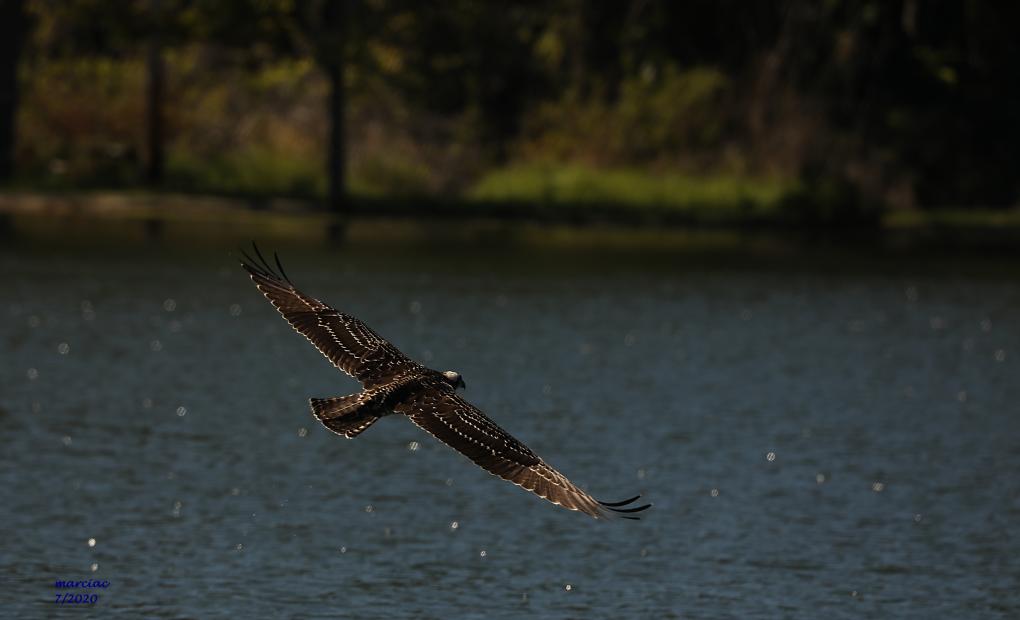 In the last post I explained that I had gone to the North Pier on the shores of Lake Erie, and on my way back from the North Pier, I stopped at a pond on the park because I saw an Osprey flying above the pond. At one point the Osprey flew right over my head and then dove into the water right in front of me. I was able to get clear shots of the Osprey overhead and after coming up out of the water. when the Osprey splashed into the water I could feel the force of the bird and the water on impact from the bird, but the Osprey was so close, I couldn't get the camera to focus that well and those pictures are a little blurred, so I am submitting pictures of the Osprey overhead, after it came up out of the water, and then flying away. This Osprey was very beautiful and such a powerful force. Beautiful!
In the last post I explained that I had gone to the North Pier on the shores of Lake Erie, and on my way back from the North Pier, I stopped at a pond on the park because I saw an Osprey flying above the pond. At one point the Osprey flew right over my head and then dove into the water right in front of me. I was able to get clear shots of the Osprey overhead and after coming up out of the water. when the Osprey splashed into the water I could feel the force of the bird and the water on impact from the bird, but the Osprey was so close, I couldn't get the camera to focus that well and those pictures are a little blurred, so I am submitting pictures of the Osprey overhead, after it came up out of the water, and then flying away. This Osprey was very beautiful and such a powerful force. Beautiful! 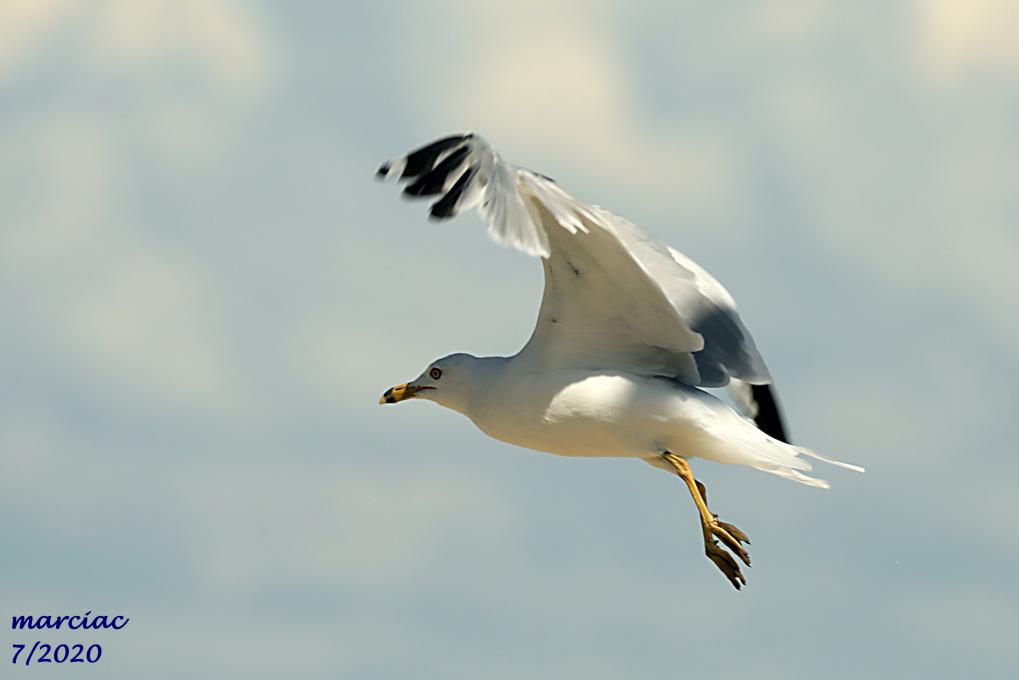

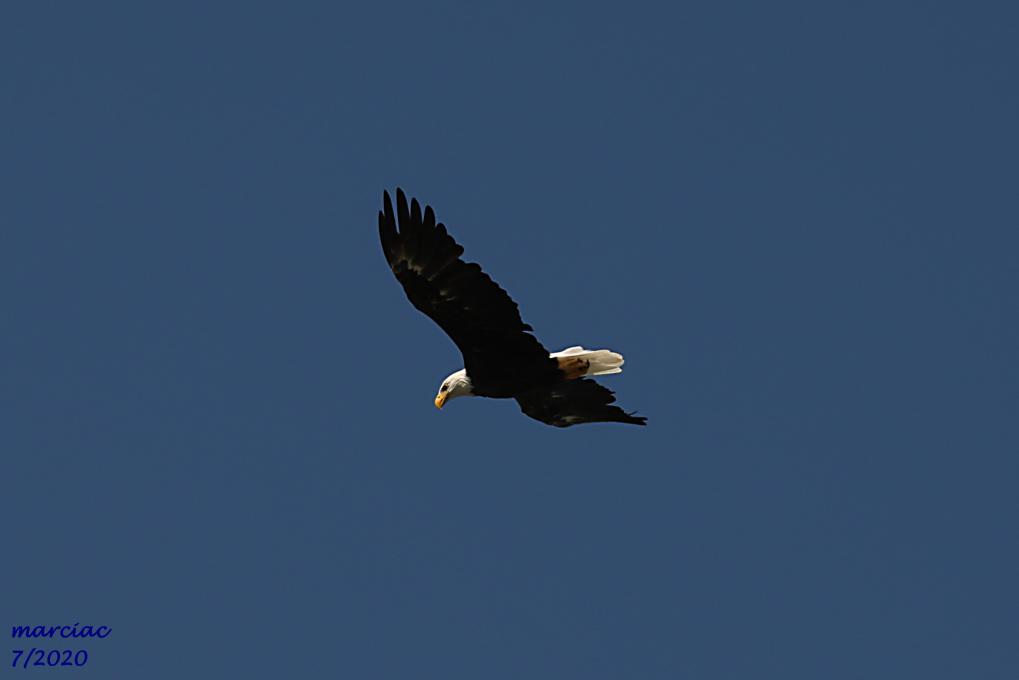

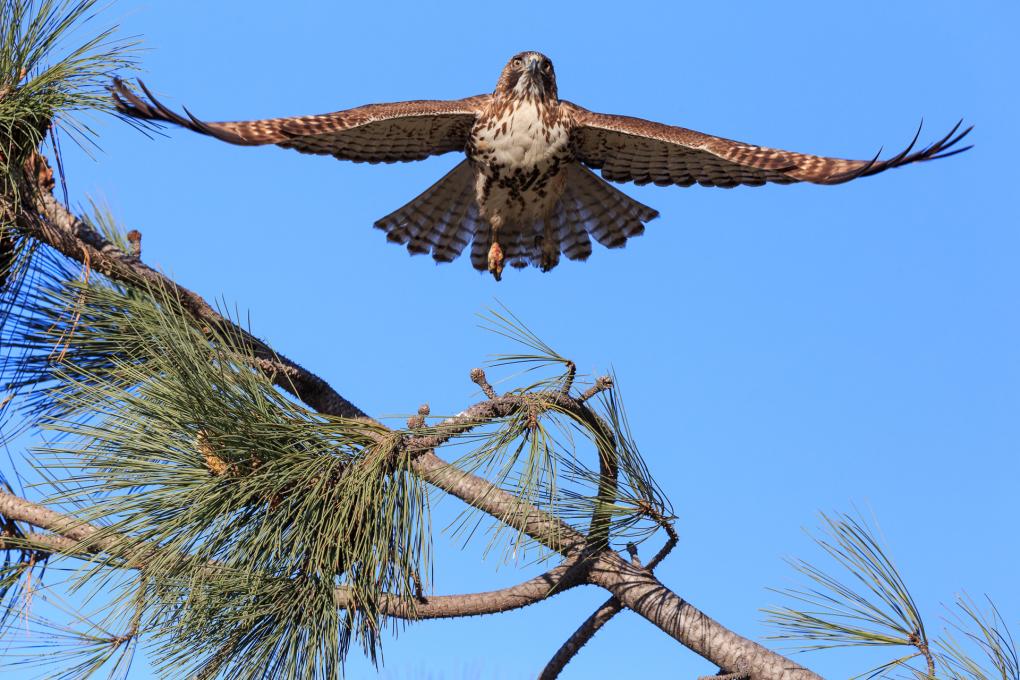 And another hummingbird shot. Even harder to catch these speedsters in flight And in focus.
And another hummingbird shot. Even harder to catch these speedsters in flight And in focus.
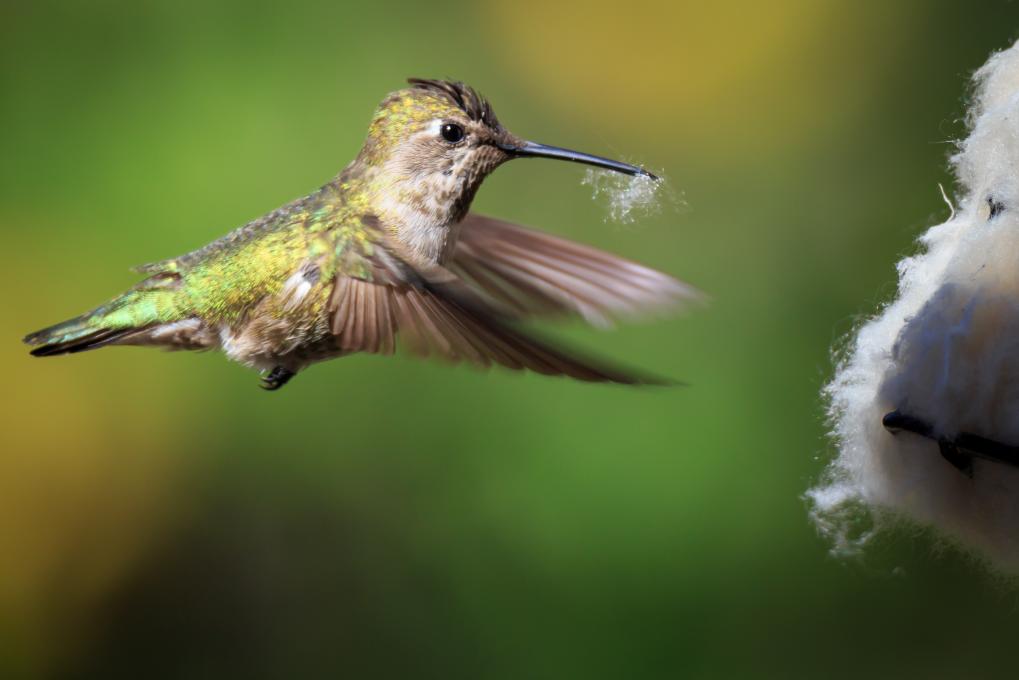
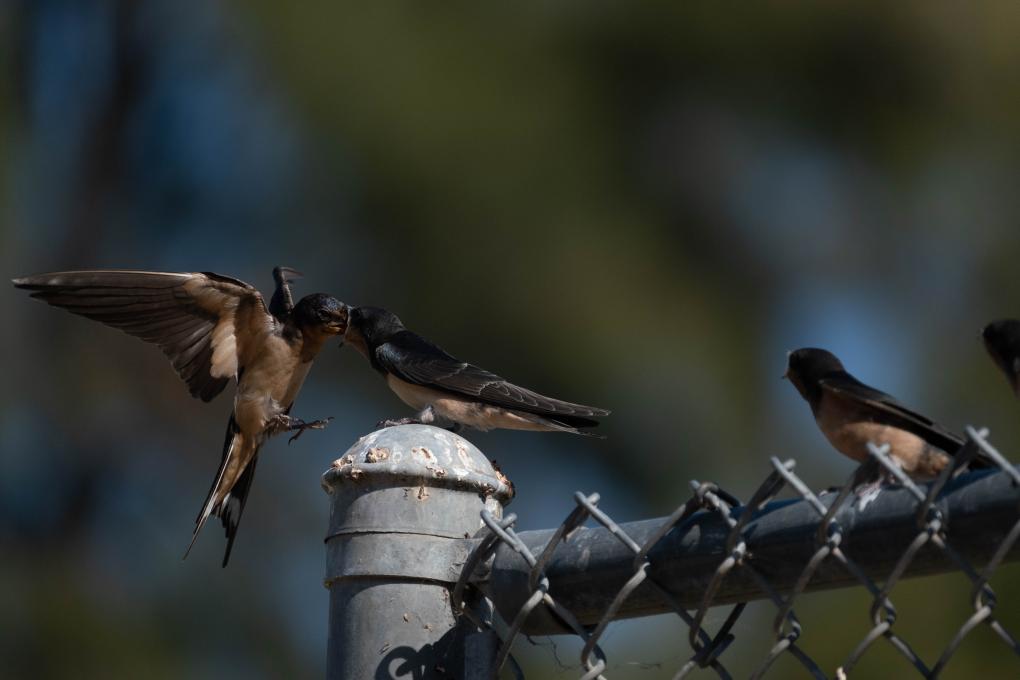
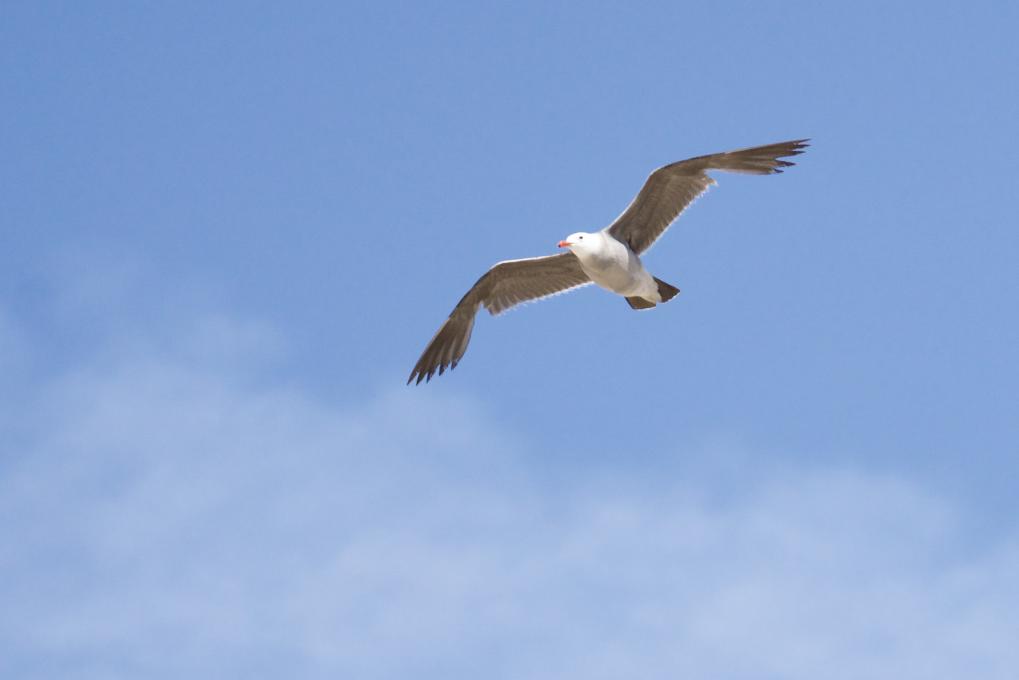
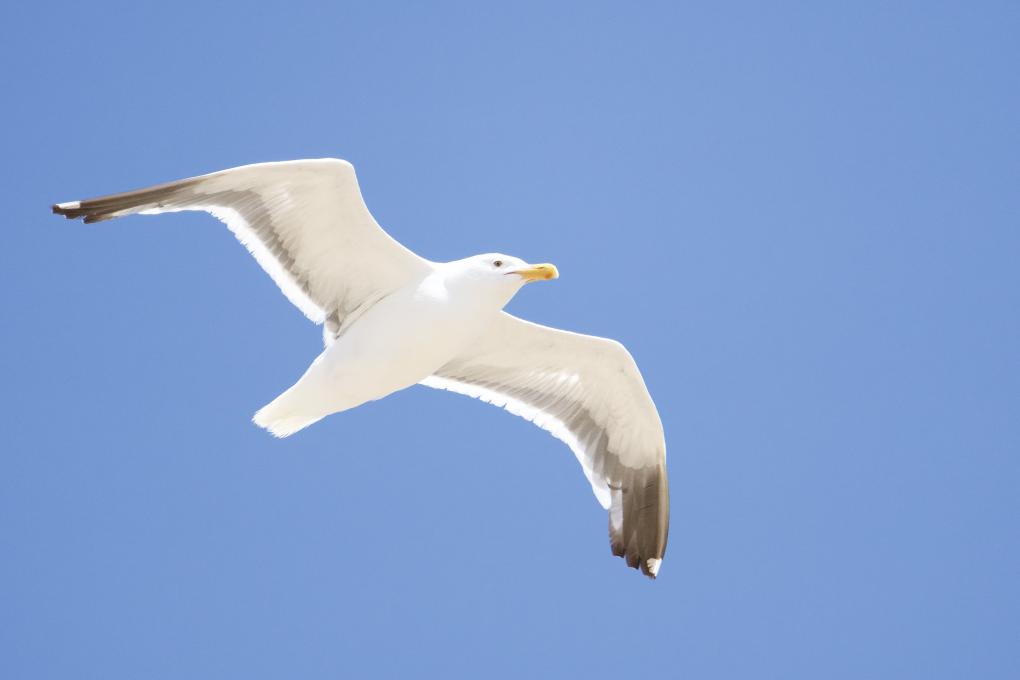
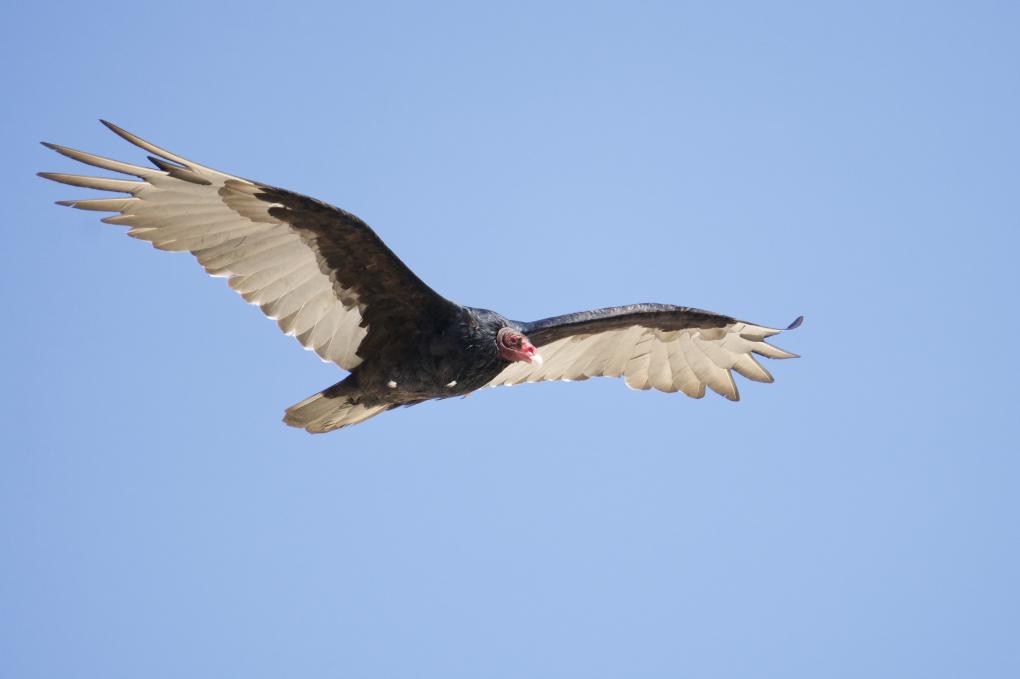 I went to Eolian Dunes Preserve this afternoon to practice. Wow, this was hard work tracking those birds! I am happy with the results. Thank you, Melissa!
I went to Eolian Dunes Preserve this afternoon to practice. Wow, this was hard work tracking those birds! I am happy with the results. Thank you, Melissa! 
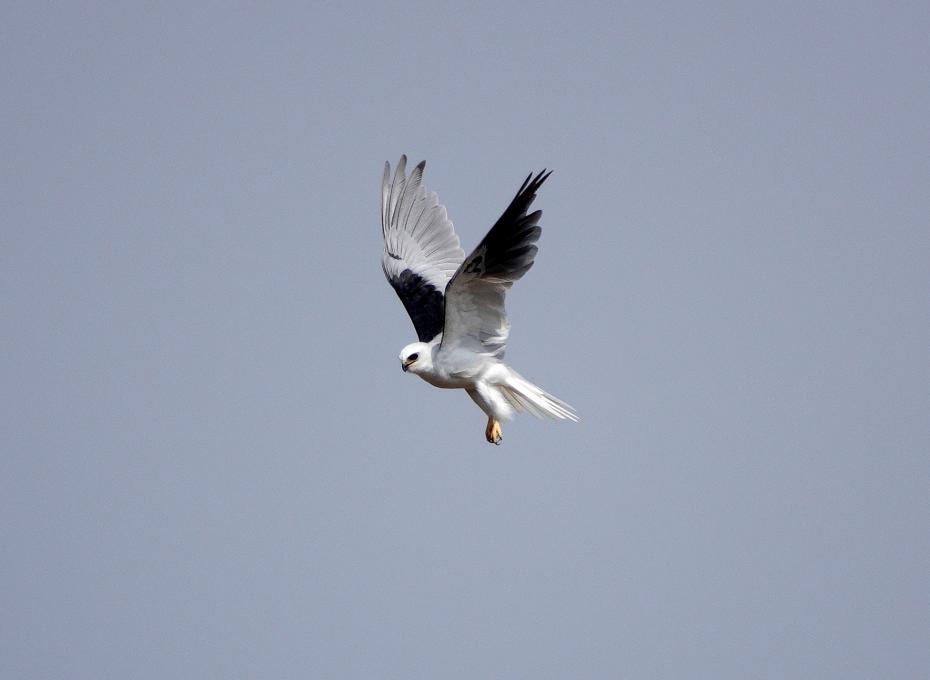
 Obviously I had to crop a good amount. I was shooting F4, 1/1250 at ISO 100. In burst mode this camera gets as many as 20 shots per second. What I noticed was that in every other photo the bird's wings were up and the other they were down. In the 3rd one the bird was flying directly toward me. The advantage of photographing a kite is that once you have the camera on the bird it pretty much stays in the same location in the sky.
Obviously I had to crop a good amount. I was shooting F4, 1/1250 at ISO 100. In burst mode this camera gets as many as 20 shots per second. What I noticed was that in every other photo the bird's wings were up and the other they were down. In the 3rd one the bird was flying directly toward me. The advantage of photographing a kite is that once you have the camera on the bird it pretty much stays in the same location in the sky. 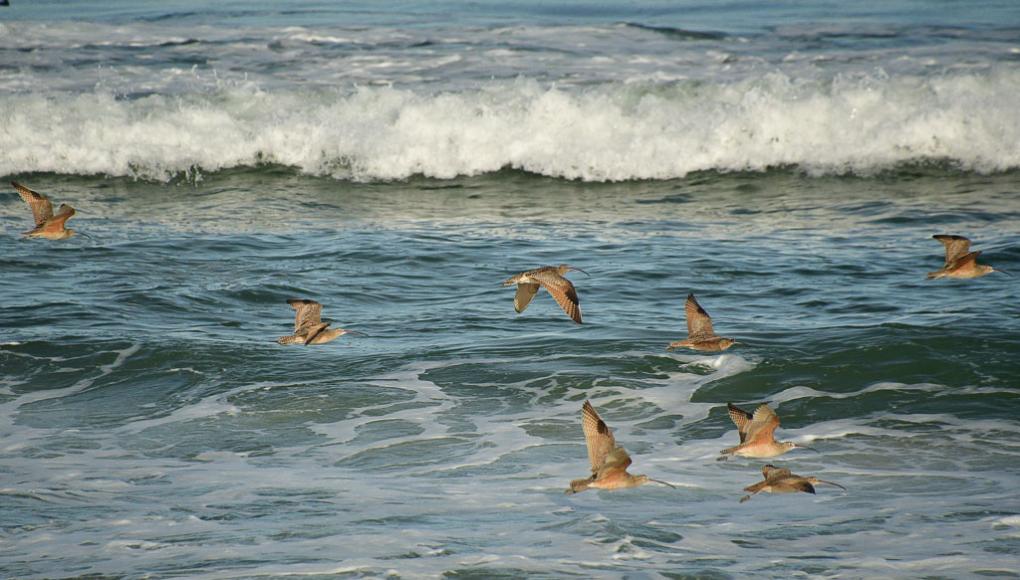 I liked this one because you can see some wings up, some down and the action of the ocean behind them.
I liked this one because you can see some wings up, some down and the action of the ocean behind them. 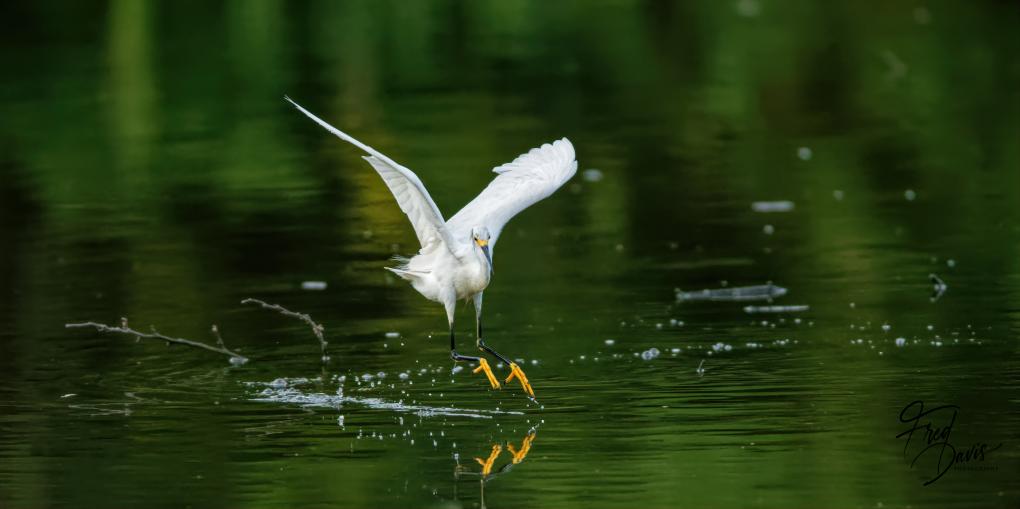
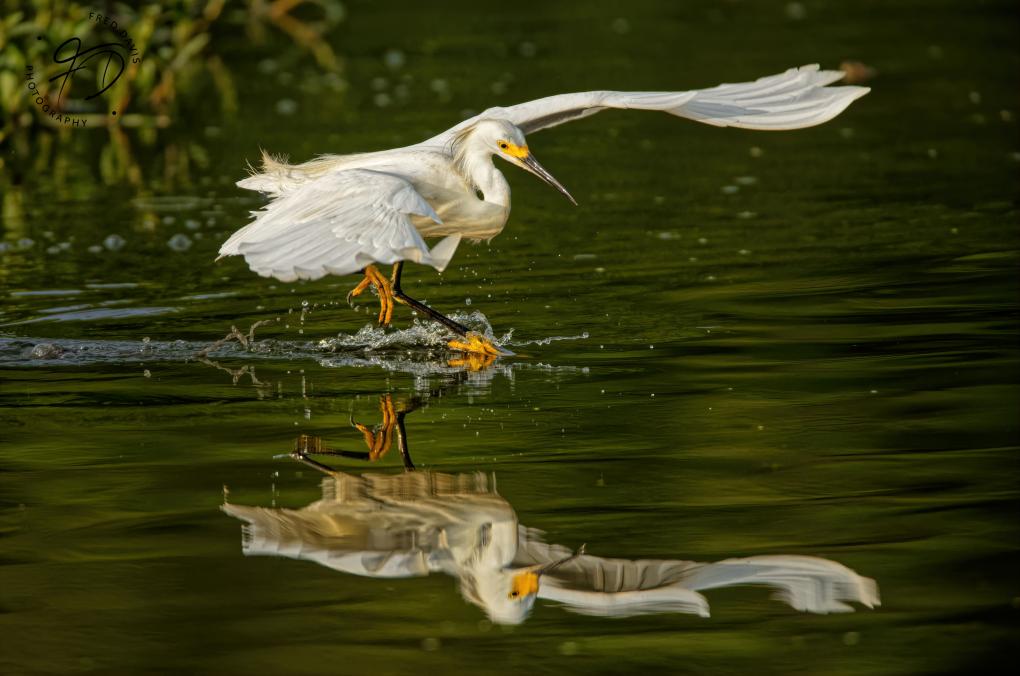
 I have continued to photograph Black Skimmers at the beach in Santa Barbara, CA, this time with my Sony RX10 Mark 4. I shot in manual mode with auto ISO. F4 at 1/1000. I was shooting in burst mode at about 20 per second. Tracking these birds is really hard as they often fly out of the frame and if I'm zoomed in too far a wing tip will get chopped off. I am trying to allow for room for the bird to fly into as Melissa stressed. My criteria in selecting an image are: sharpness of bird, attractive wing position, catch-light visible on the eye, and in this case mandibles shown in skimming position.
There is a period of about 1/2 hour where the light is good before it fades. Many of these birds were skimming at once over a narrow channel parallel to the ocean. This depends on the tide. There were shorebirds in the background on the beach, in this photo 3 Whimbrels. I liked the warm light on the sand and the shadow behind the bird. I shot in jpeg this time and the only small edit I made was to bring out a bit more detail in the skimmer's lower wing. Just to give an idea I came home with about 200 images. I project on the TV first direct from the camera and do successful delete until I'm left with a manageable group. I used the newest version of Adobe Photoshop which is part of Elements, which also includes Premiere since I'll try making a composite video. I learn a lot from each shooting session. Sorry, I forgot to include my name: Dika Golovatchoff digolov@gmail.com
I have continued to photograph Black Skimmers at the beach in Santa Barbara, CA, this time with my Sony RX10 Mark 4. I shot in manual mode with auto ISO. F4 at 1/1000. I was shooting in burst mode at about 20 per second. Tracking these birds is really hard as they often fly out of the frame and if I'm zoomed in too far a wing tip will get chopped off. I am trying to allow for room for the bird to fly into as Melissa stressed. My criteria in selecting an image are: sharpness of bird, attractive wing position, catch-light visible on the eye, and in this case mandibles shown in skimming position.
There is a period of about 1/2 hour where the light is good before it fades. Many of these birds were skimming at once over a narrow channel parallel to the ocean. This depends on the tide. There were shorebirds in the background on the beach, in this photo 3 Whimbrels. I liked the warm light on the sand and the shadow behind the bird. I shot in jpeg this time and the only small edit I made was to bring out a bit more detail in the skimmer's lower wing. Just to give an idea I came home with about 200 images. I project on the TV first direct from the camera and do successful delete until I'm left with a manageable group. I used the newest version of Adobe Photoshop which is part of Elements, which also includes Premiere since I'll try making a composite video. I learn a lot from each shooting session. Sorry, I forgot to include my name: Dika Golovatchoff digolov@gmail.com 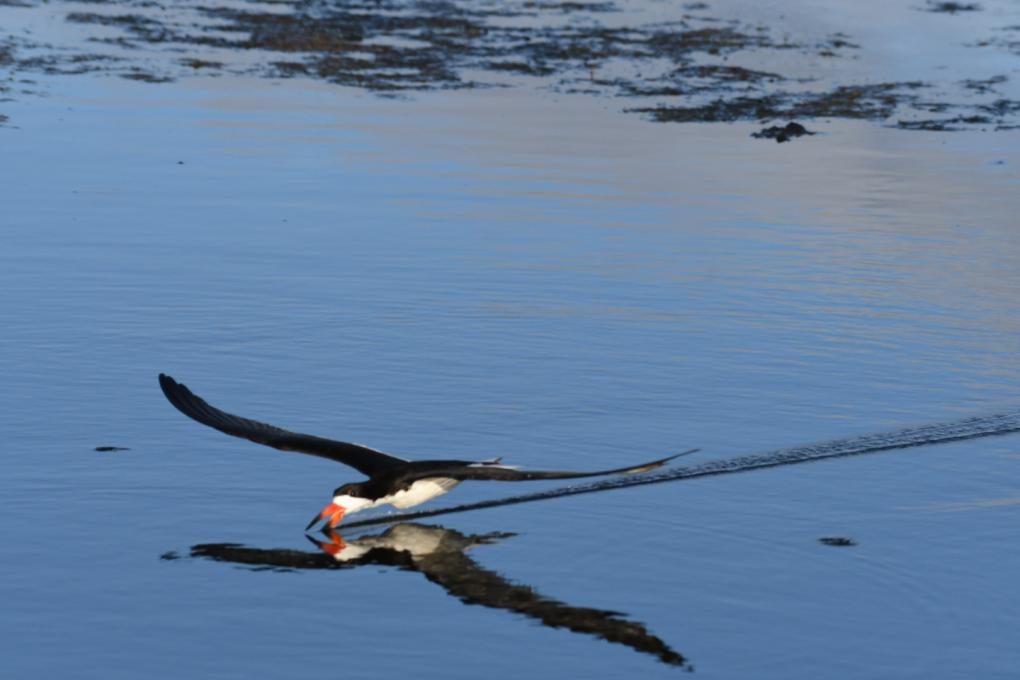

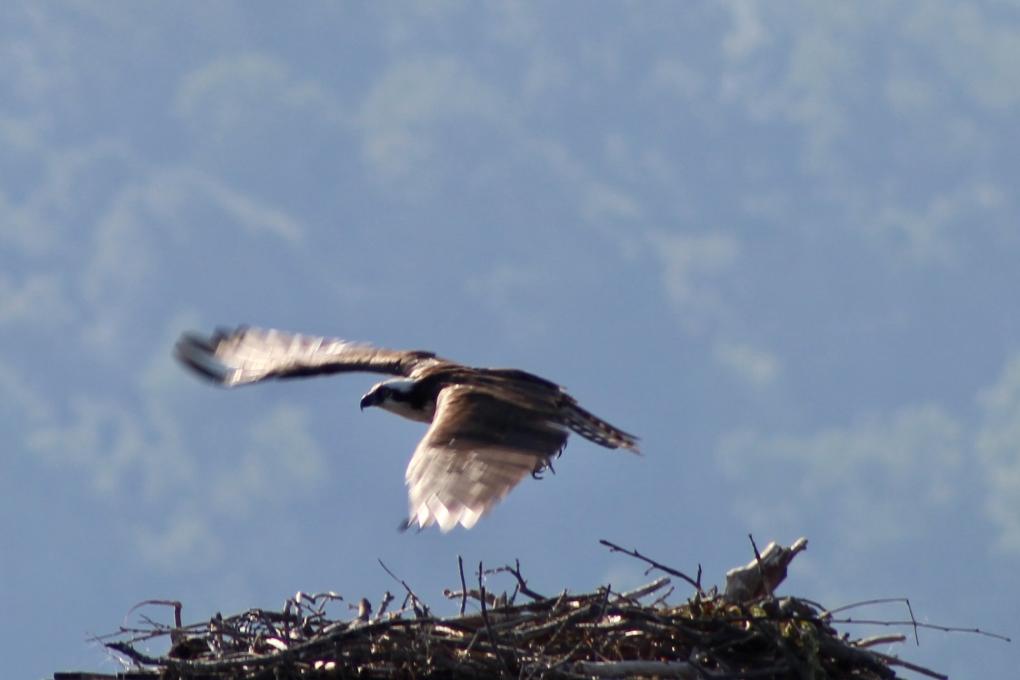
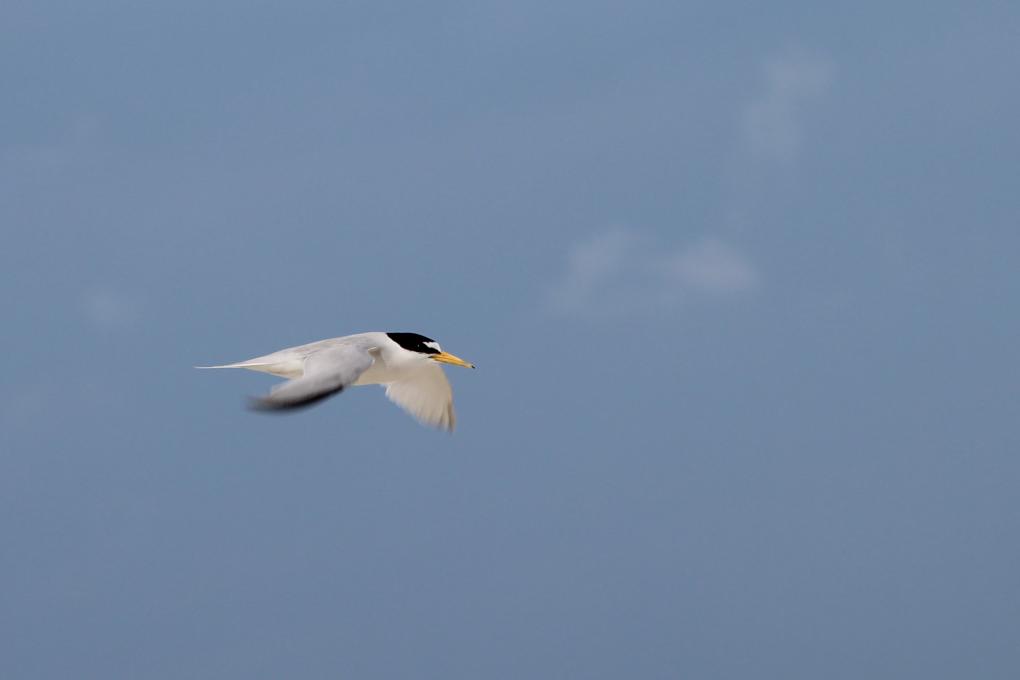
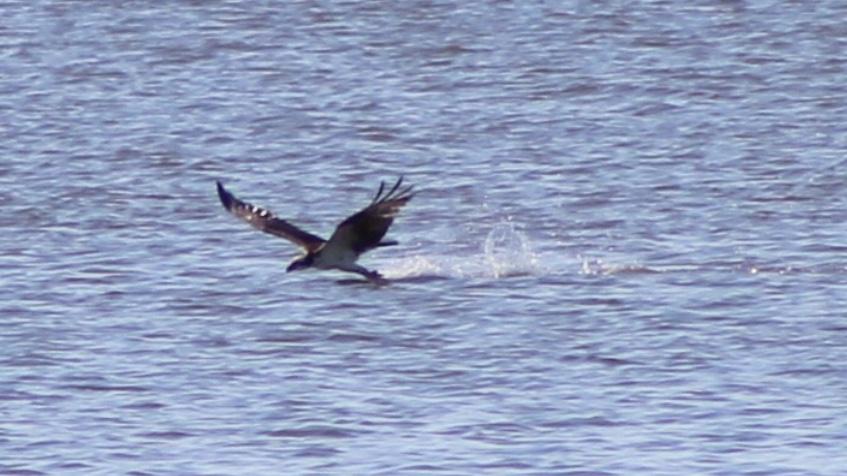
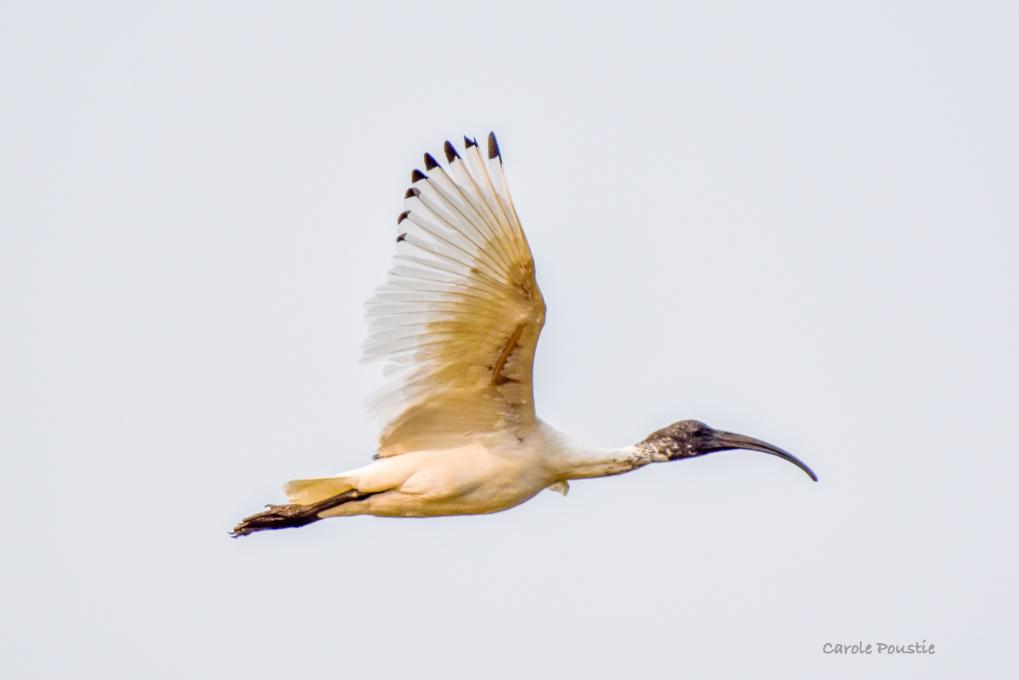
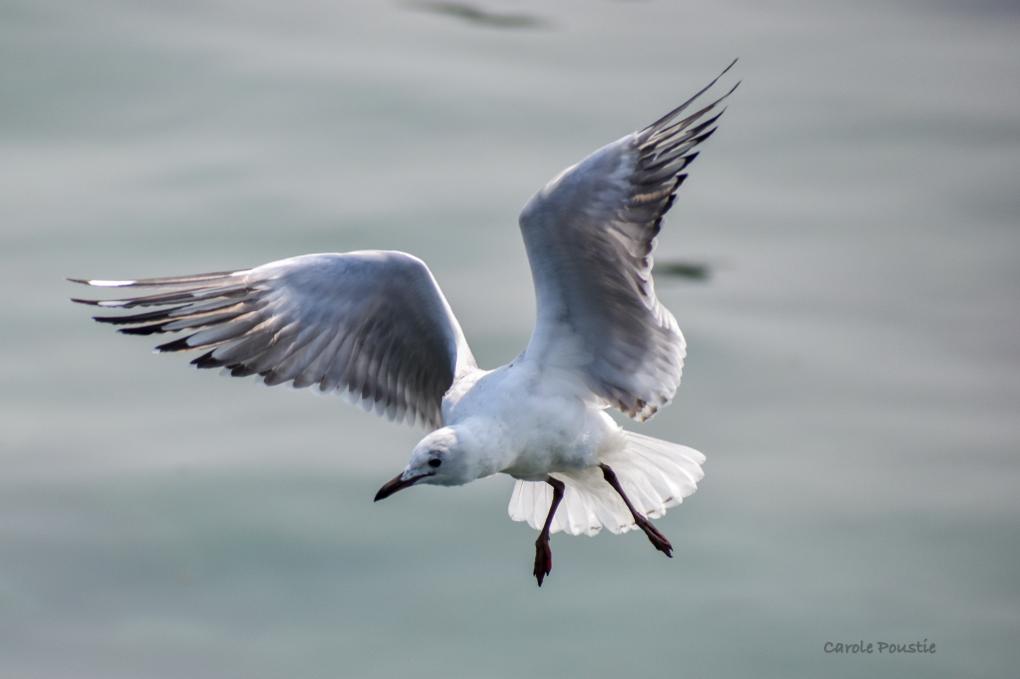
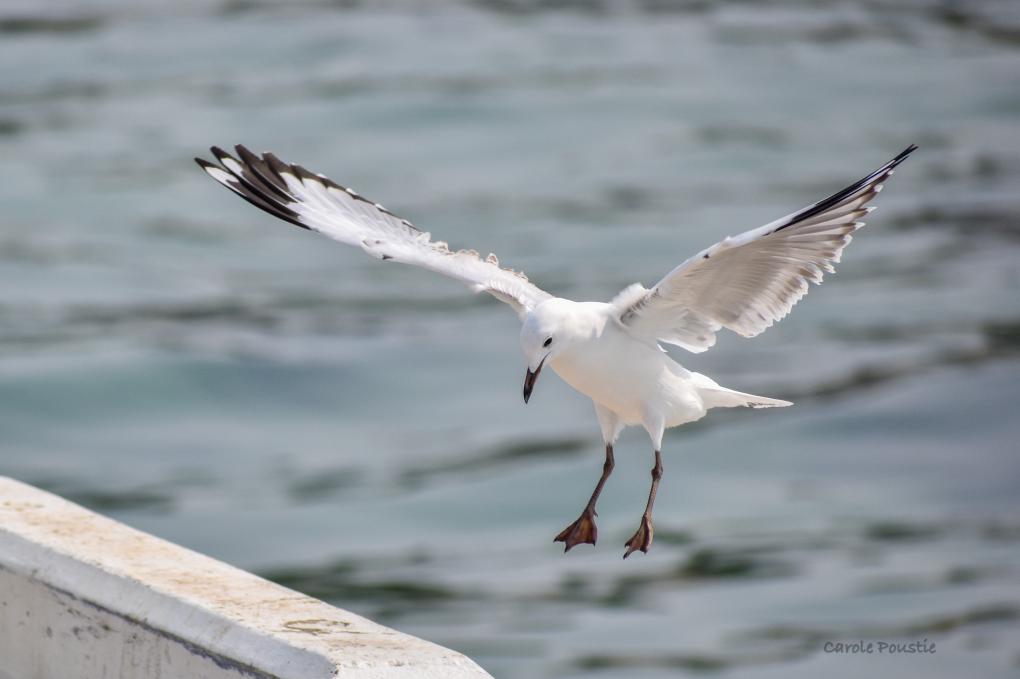
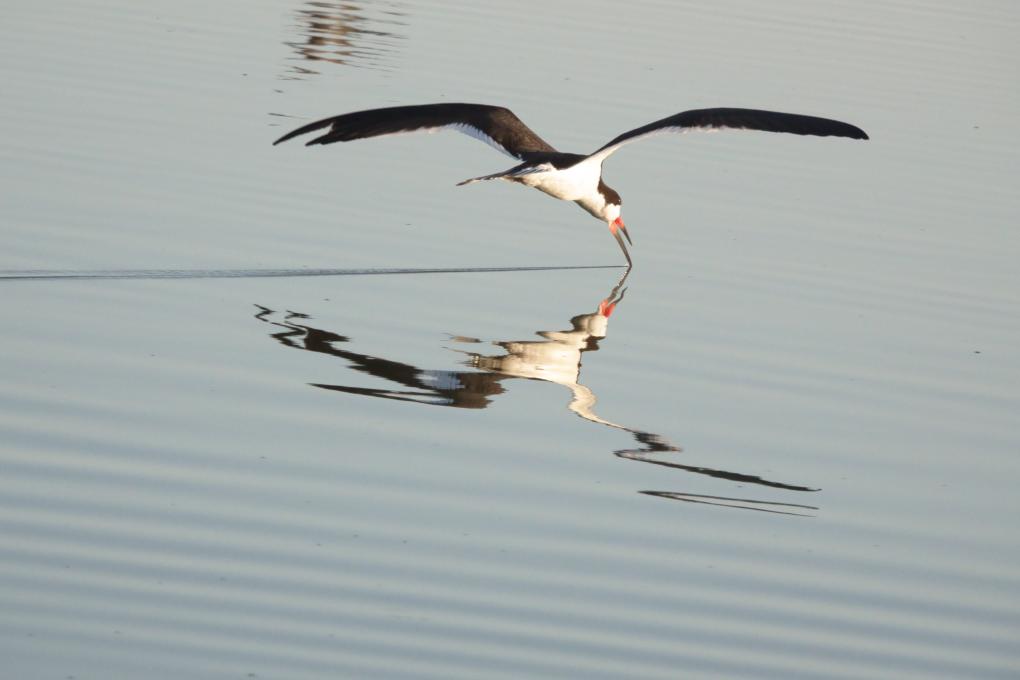 Practice, Practice, and practice - Melissa is right. I wanted to capture one or more Black Skimmers flying - but more specifically while skimming for fish. I went 4 evenings to the same location, selecting different vantage points for observing. The best time was between 7 and 8 PM as the sun was going down. The light changed a lot during the one hour I was there, and in the end it was quite dark.
The first two nights I used my Canon 7D Mark 11 with 100-300 mm lens and 1.4 extender. Second 2 night I used my Sony RX10 Mark IV zooming its lens between about 300-600 mm depending upon where the bird was in its flight. This is very challenging - as multiple birds fly very quickly and my goal was to catch one on a smooth water surface and showing clear reflection of bird. I used manual mode all the time which made things more challenging for me as many exposures turned out to be off and I found myself using exposure compensation quite a bit. My Sony does not permit ISO auto in burst mode, so all my 3 values were pre-selected.
This is one of my most pleasing shots as it also shows the trial left in the water by the skim. My next goal would be to be more right on with exposures. I was shooing RAW and used the digital editing software provided by the camera makers. This was my first experience using Imaging Edge from Sony. (I do not have Lightroom).
I have more experience with the Canon (having shot skimmers before with it) than the Sony. Its a challenge, and I'll keep trying. I find Black Skimmers a very interesting species and learned that they do not rely on their eyes for finding prey, in fact their eyes are slit vertically.
Practice, Practice, and practice - Melissa is right. I wanted to capture one or more Black Skimmers flying - but more specifically while skimming for fish. I went 4 evenings to the same location, selecting different vantage points for observing. The best time was between 7 and 8 PM as the sun was going down. The light changed a lot during the one hour I was there, and in the end it was quite dark.
The first two nights I used my Canon 7D Mark 11 with 100-300 mm lens and 1.4 extender. Second 2 night I used my Sony RX10 Mark IV zooming its lens between about 300-600 mm depending upon where the bird was in its flight. This is very challenging - as multiple birds fly very quickly and my goal was to catch one on a smooth water surface and showing clear reflection of bird. I used manual mode all the time which made things more challenging for me as many exposures turned out to be off and I found myself using exposure compensation quite a bit. My Sony does not permit ISO auto in burst mode, so all my 3 values were pre-selected.
This is one of my most pleasing shots as it also shows the trial left in the water by the skim. My next goal would be to be more right on with exposures. I was shooing RAW and used the digital editing software provided by the camera makers. This was my first experience using Imaging Edge from Sony. (I do not have Lightroom).
I have more experience with the Canon (having shot skimmers before with it) than the Sony. Its a challenge, and I'll keep trying. I find Black Skimmers a very interesting species and learned that they do not rely on their eyes for finding prey, in fact their eyes are slit vertically. 
